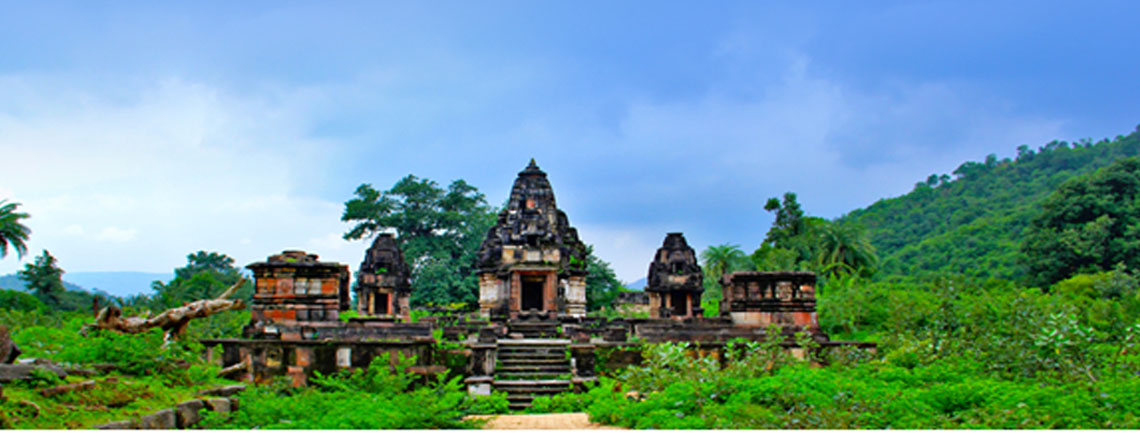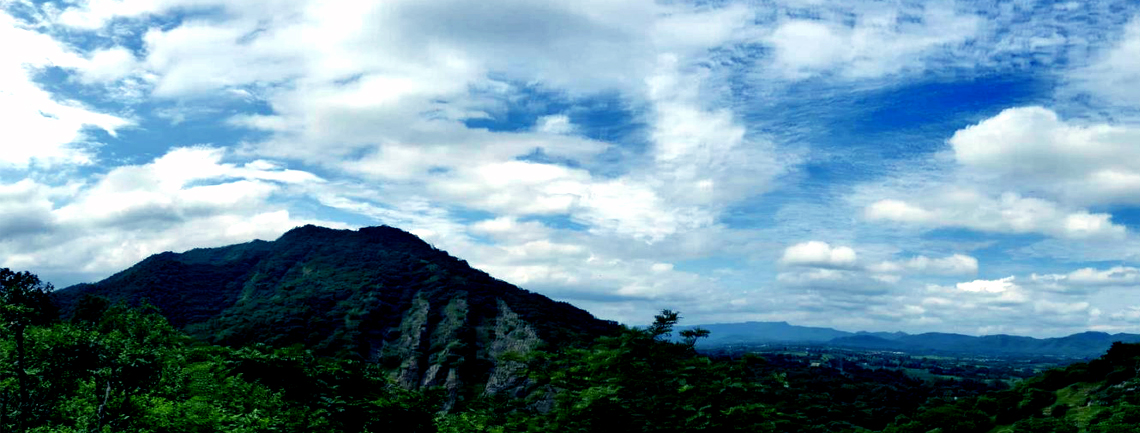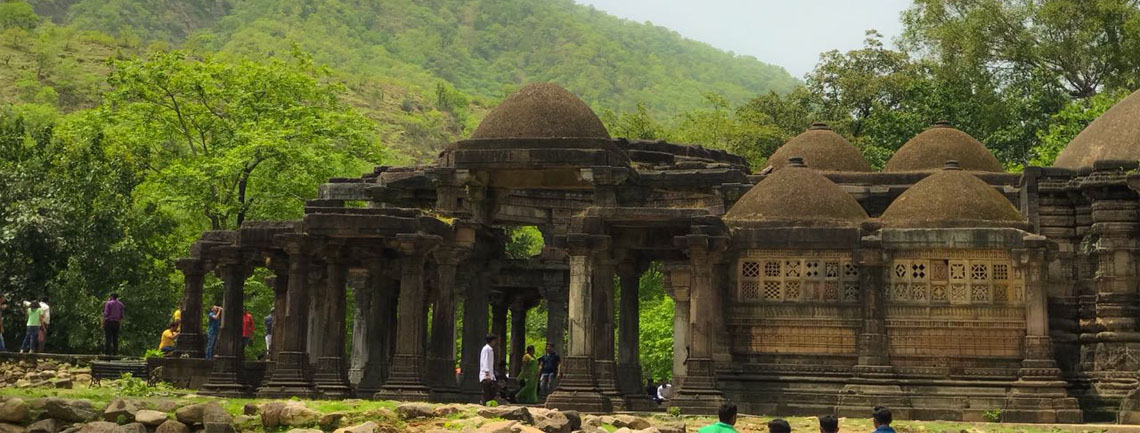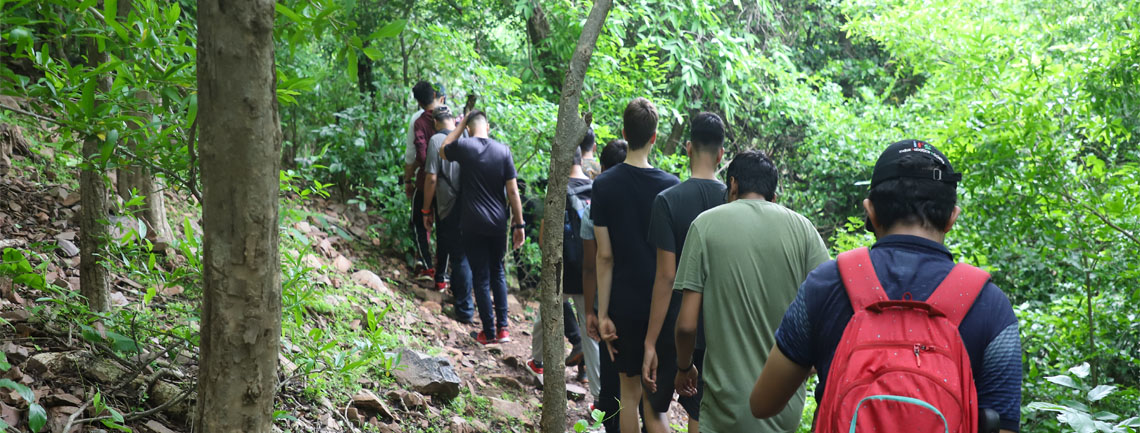



Polo Trekking Camp Gujarat
The ancient Polo city was built around the river Harnav, an ancient water body spoken of in the Puranas. It is believed to have been established in the 10th century by the Parihar kings of Idar, and was then conquered in the 15th century by the Rathod Rajputs of Marwar. The name is derived from pol, the Marwari word for “gate,” signifying its status as a gateway between Gujarat and Rajasthan. It was built between Kalaliyo in the east, the highest peak in the area, and Mamrehchi in the west, considered sacred by the local adivasis. Together they block sunlight for most of the day, which might provide an explanation for the otherwise mysterious abandonment of the ancient city.
The 400 square km area of dry mixed deciduous forest is most lush between September and December after the monsoon rains when the rivers are full, but at any time of the year it provides a rich wildlife experience. There are more than 450 species of medicinal plants, around 275 of birds, 30 of mammals, and 32 of reptiles. There are bears, panthers, leopards, hyenas, water fowl, raptors, passerines, and flying squirrels (mostly heard, rarely seen), all living under a canopy of diverse plants and trees. During winter, all manner of migratory birds occupy the forest; during the rainy season there are wetland birds.
Trip Highlight
- Jungle Trek
- Visit To Jain Temple, Sharneshwar Mahadev Temple, Vishweshwer Mahadev Temple
- AdVenture Activities
- Fun At Swimming Pool
Sharaneshwar Shiva temple
The 15th-century Sharaneshwar temple dedicated to Shiva is located in Abhapur. It is a three-storeyed temple with fortified wall around it having gates in east and west. It is in dilapidated condition. It has a grabhgriha, antarala, gudhamandpa (central shrine), nandi-mandapa/sabhamandpa in front and pradakshina (ambulatory) around the central shrine. There are two porches on the sides. There is a yagnakunda with well carved vedi in front of the temple. The mandovara, pitha (base) and vedika are adorned with post-Chaulukya styled carvings. The round pillars differ from this style and are plain with intervals of ringlets on the shaft and inverted lotus patterned capital and base. The shikhara and roofs of porches and mandapa are destroyed. The carvings on exterior walls include double jangha adorned with images of Yama, Bhairava, Brahma, Vishnu, Shiva, Indra, Parvati, Indrani, Ganesha; social life scenes; bands of humans, elephants, swans and plants. There are ruins of some minor temples nearby. There is a temple of four-handed Chamunda nearby.
Jain Temple
The large sandstone temple had well carved ceiling and perforated stone screens in the mandapa which have various natural and geometric patterns. It is two storeyed temple with gudhamandapa and antarala. The trika-mandapa connects two mandapas at different levels. The antarala ceiling has a beautiful sculpture. The pillars are profusely carved and look similar to the temples on Mount Abu. On the lintel of the doorframe of the sanctum, there is an image of Jain Tirthankara Parshwanatha with his attendant deity Padmavati on the sides. It is approximately 150 feet by 70 feet in area and has turned black due to exposure to the sun and rain. The temple seem enclosed in a fortification and formerly surrounded by 52 devkulika shrines.



